ey So many of you loved the Favorite Ladies of the Getty and inquired if there were any favorite gentlemen. I aim to please so here is Favorite Men of the Getty.
This is The Ransom by John Everett Millais, circa 1860-1862. Millais is one of my favorites of the Pre- Raphaelite painters.
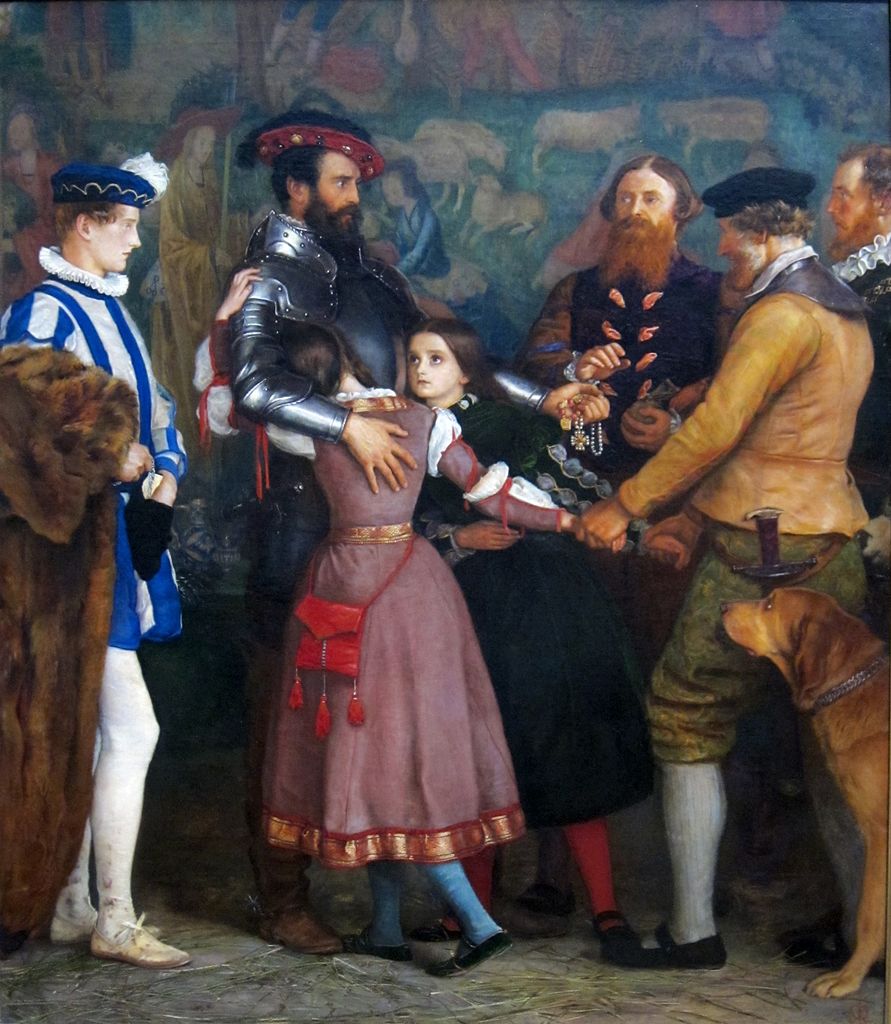
Favorite Men of the Getty
I adore the fact that Millais’ mother created the costumes for his models to wear. Even down to the sweet velvet slippers. (Don’t overlook the glistening ribbon created with a paintbrush!)
Millais was always very realistic in his paintings and the page is shown with dirty slippers and stockings.
Paul Cézanne is most often recognized for his brightly colored landscapes and still life paintings.
A Good Laugh
He captured his childhood friend, Anthony Valabrègue, around 1869-71. Valabrègue wrote to a mutual friend and said: “Every time he paints one of his friends it seems as though he were revenging himself on him for some hidden injury.” I always love a good backstory and this one certainly made me laugh. Indeed, the sitter looks miserable.
This portrait of composer Albert Cahen d’Anvers by Renoir c. 1881, has a certain whimsical quality to it.
Perhaps it is d’Anvers twinkling eyes or his jaunty mustache that appeals to me.
The teens near to me swiftly passed by this portrait of Ye Olde Dude. I stopped and was happy I did so. It was created by Thomas Gainsborough in 1778. The sitter was James Christie. Ring any bells?
He was the founder of Christies Auction House.
The Blue Boy
Christie was a close friend of Gainsborough who was well known for his landscapes and this famous lad.
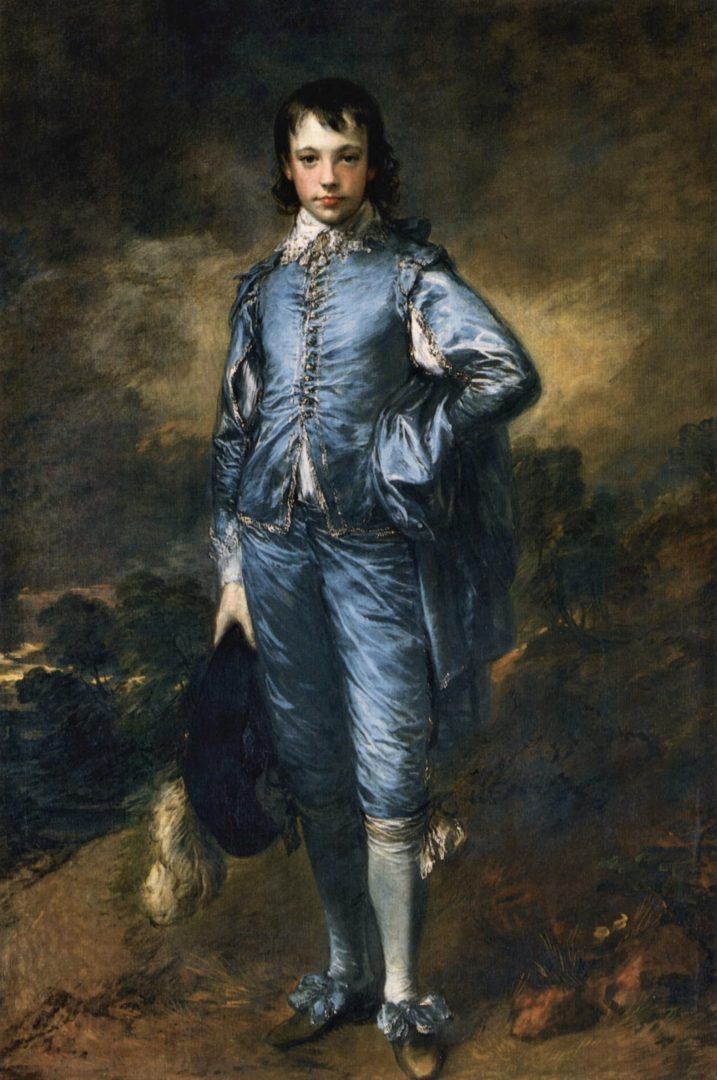
Christie is shown leaning on one of his friends paintings.
This somber Portrait of a Young Man by Bartholomeus van der Helst, c. 1650, wasn’t receiving much attention either.
A shame because on closer inspection van der Helst’s ability to render, in oil paint, the gold and silver embroidered trim is nothing short of spectacular. I also kind of fancy the young mans tassel bow tie.
This cherubic gem was created over 500 years ago and is attributed to Giorgione (Giorgio da Castelfranco).
I had studied A Young Scholar and His Tutor last semester and was thrilled to see it in person.
The painting was created around 1629-30 in the workshop of Rembrandt. It was done by a student of his and the velvet and glistening jewels are stunning in person.
Rembrandt
Rembrandt was a leading artist of the Dutch masters. This was a self portrait entitled Rembrandt Laughing which was created around 1628. It is an oil on copper. Rembrandt studied facial expressions in a fairly new invention of the time, the glass mirror, and applied his findings in several self portraits.
The Dutch Golden Age
The Dutch Golden Age occurred between the years 1605 through 1680. They were known for their use of light and shadow a term called Tenebrism. Extreme contrasts, in which a spotlight effect is used, is known as Chiaroscuro.
Astronomer by Candlelight by Gerritt Dou, c. the late 1650s is an excellent example of this technique.
Still Life Paintings
My favorite genre by the Dutch masters are the later still life paintings. While not specifically a image of a man they were most often painted by men. Fruit Piece by Jan van Huysum, c. 1722, is a grand example of realism at its finest.
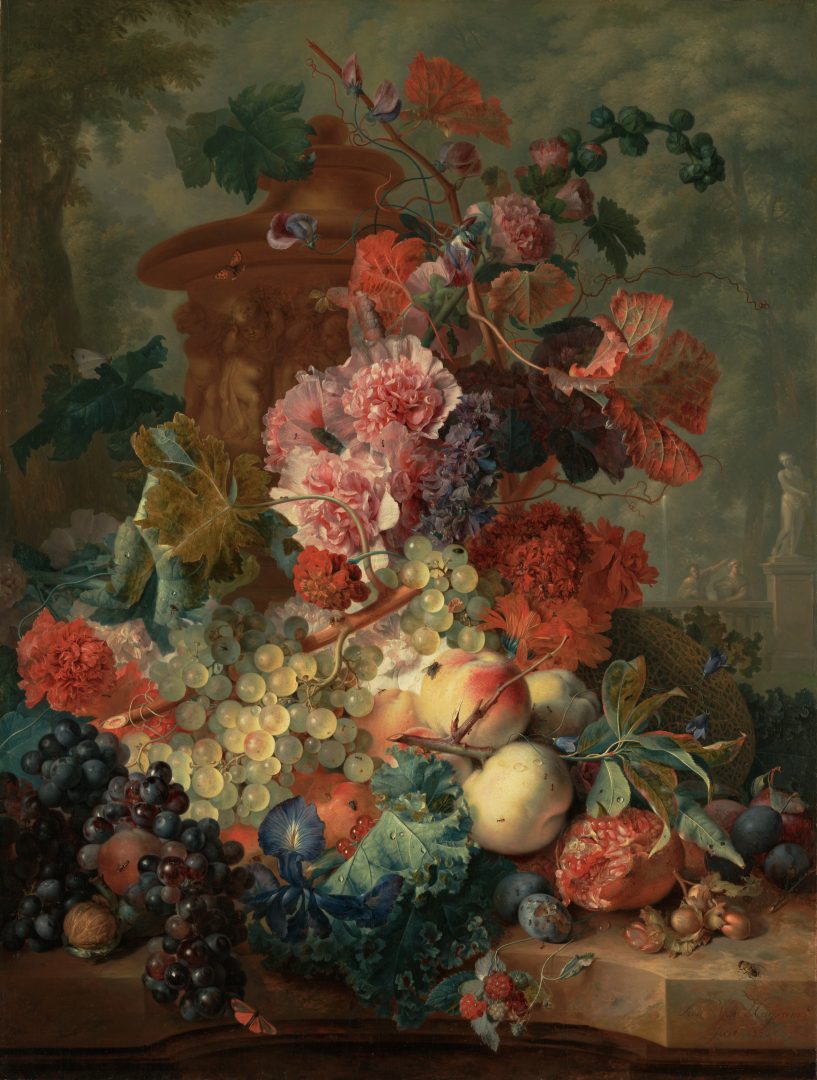
Van Huysum’s paintings feature a highly finished surface which was the result of a laborious application of glazes to the canvas. He strictly guarded his technique and did not allow visitors in his studio.
My children and I like to play a game of “EYE SPY” with Dutch still life paintings. We try to find all the wee creatures hidden within. At first glance you see the bee, but how many ants can you count? Did you spy the butterflies in the larger image?
Of course, if you visit the Getty you must cast your eyes upon the work of a favorite man of mine.
Irises circa 1889.
It was one of many garden themed paintings completed by van Gogh while he was living at the asylum at Saint Paul-de-Mausole in Saint-Rémy-de-Provence, France, in the last year before his death in 1890.
Vincent van Gogh considered the painting merely a study, but he did like it. An indicator is that he only signed his name to paintings he favored.
In 1987 Irises became the most expensive painting ever sold, setting a record which stood for two and a half years. This is somewhat a cruel sense of irony given that while he was living van Gogh sold very few pieces of his artwork.
I hope you have enjoyed my favorite men of the Getty,
Laura
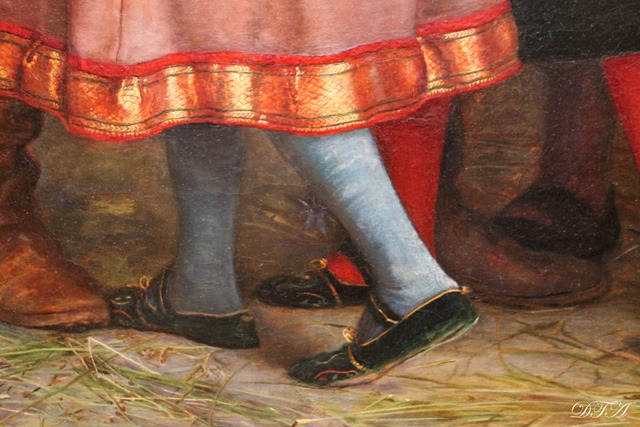
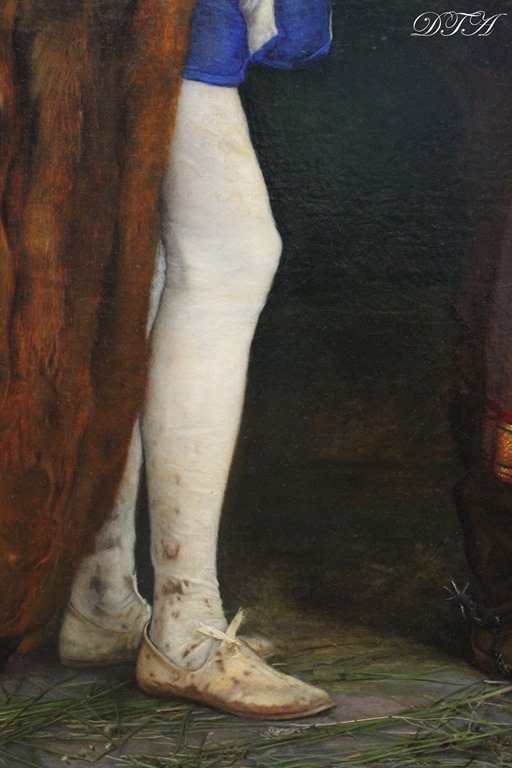
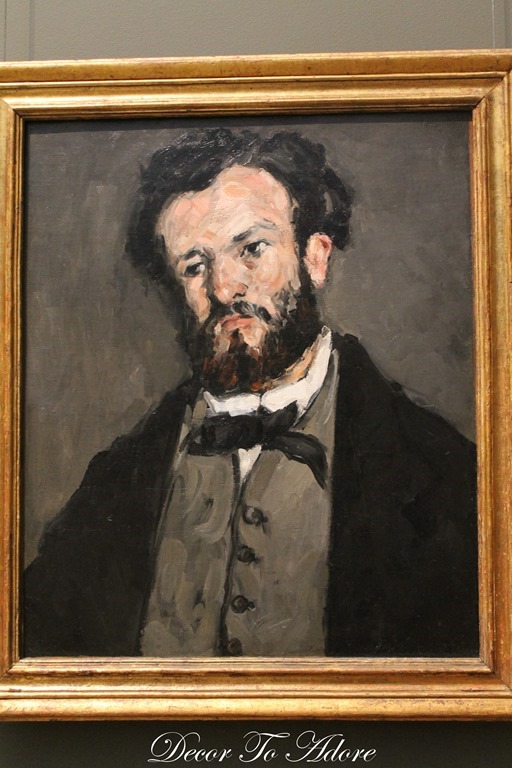
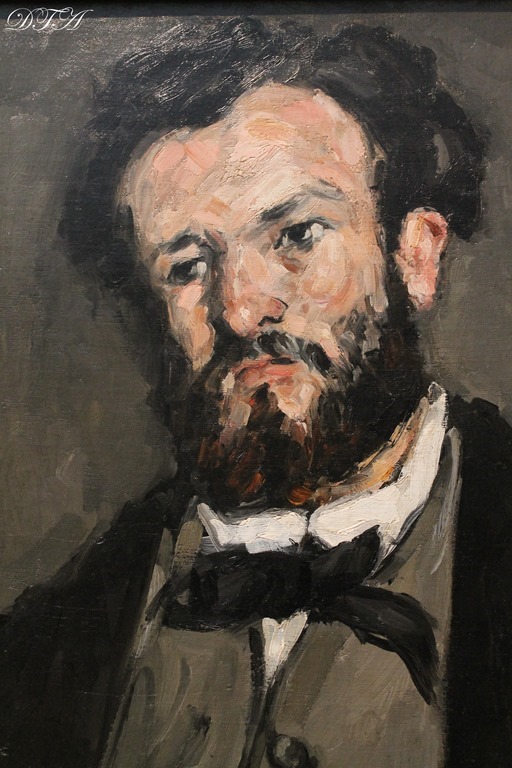
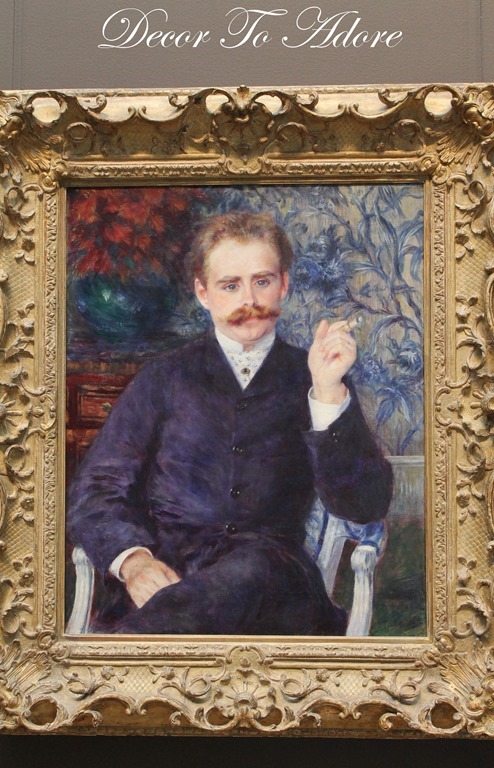
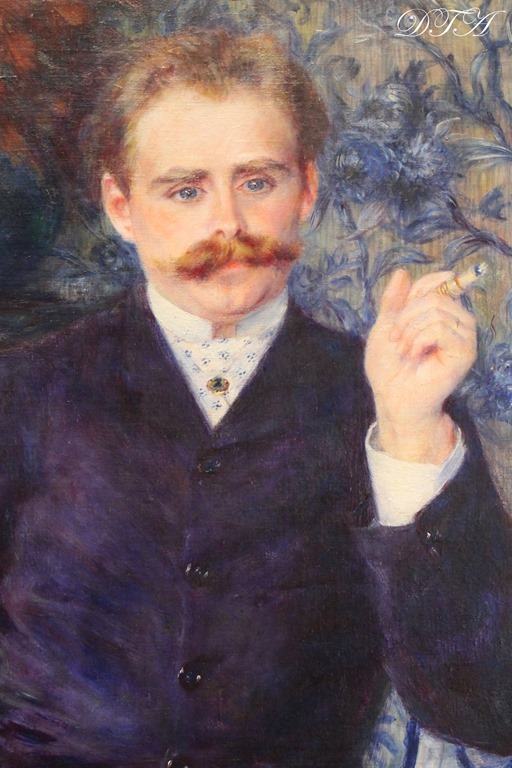
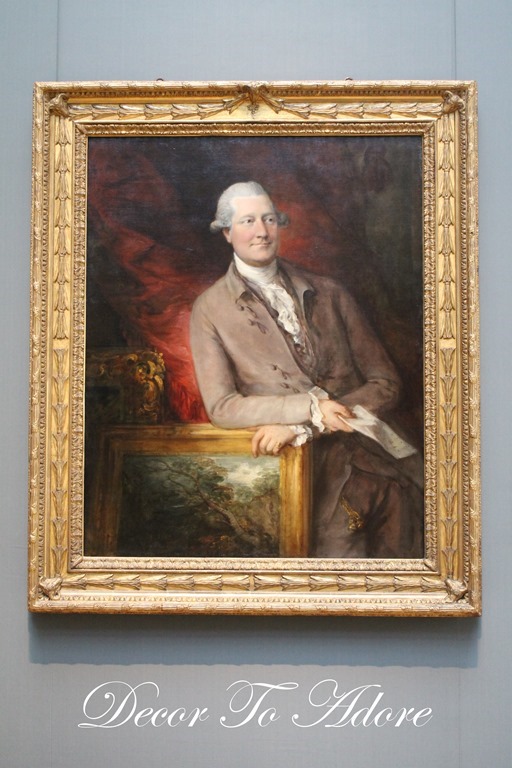


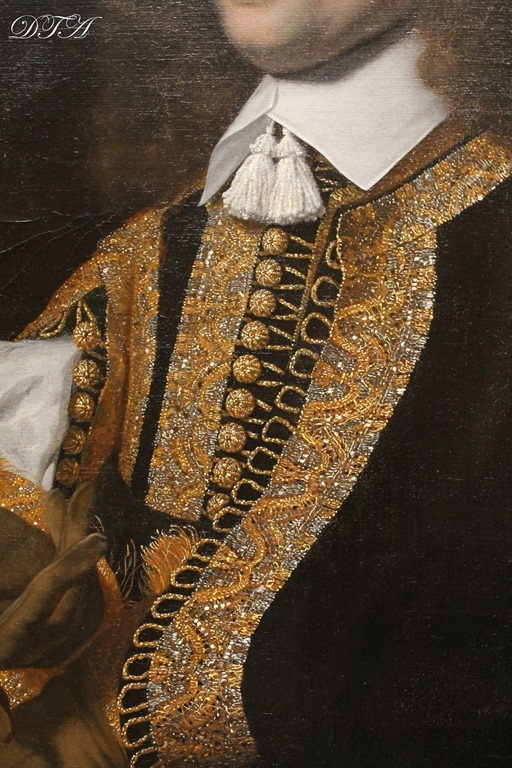
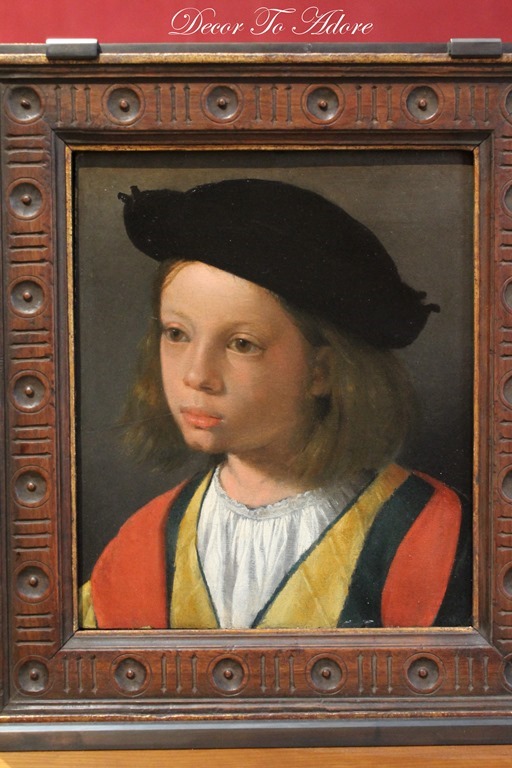
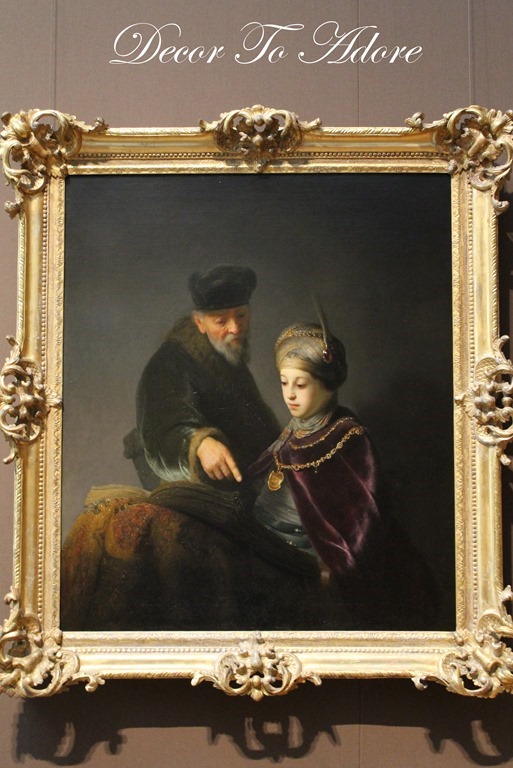
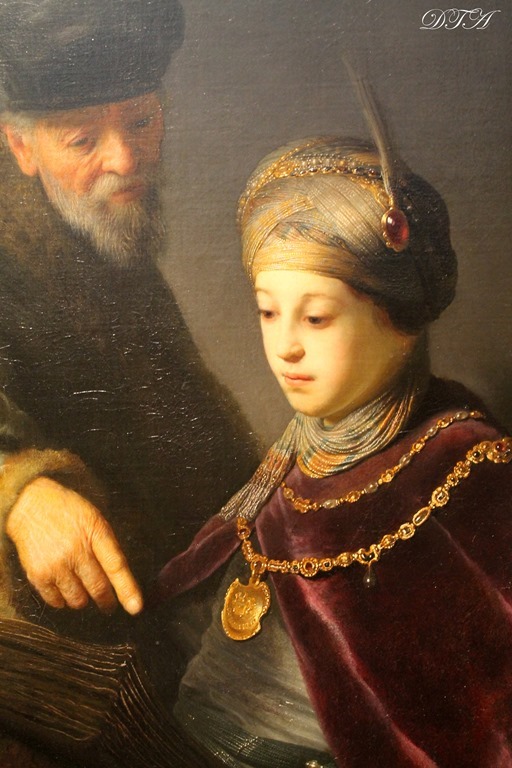
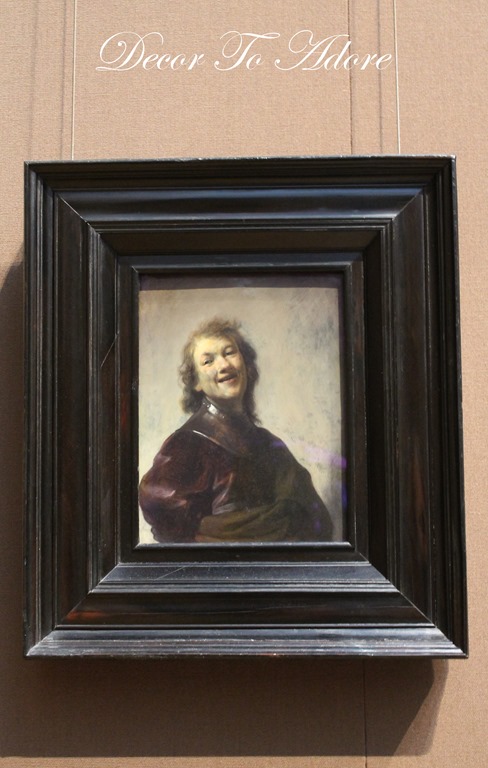
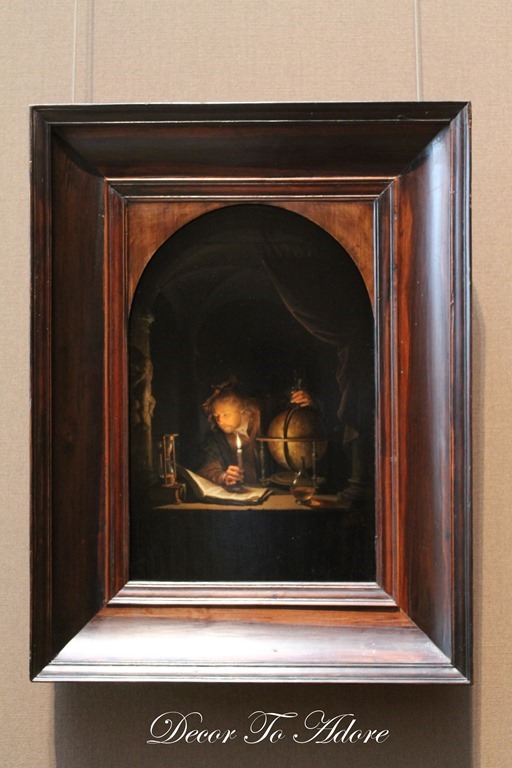
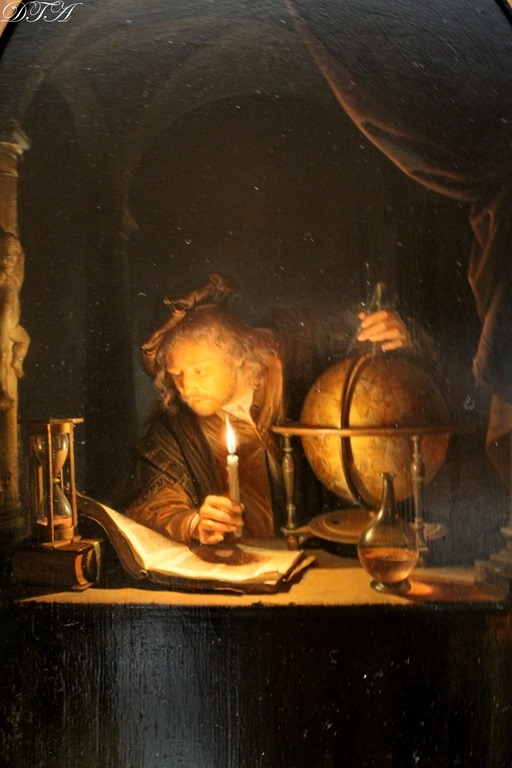
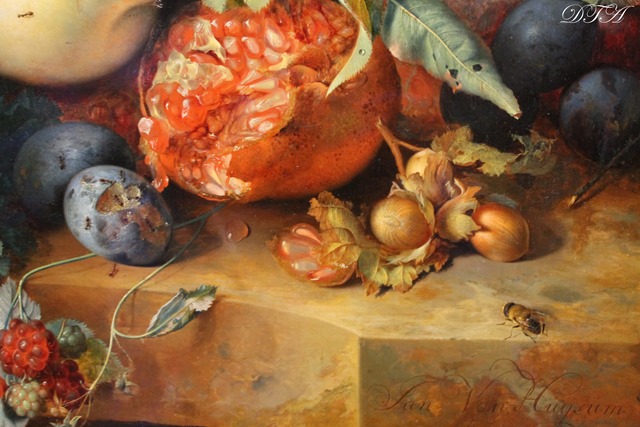
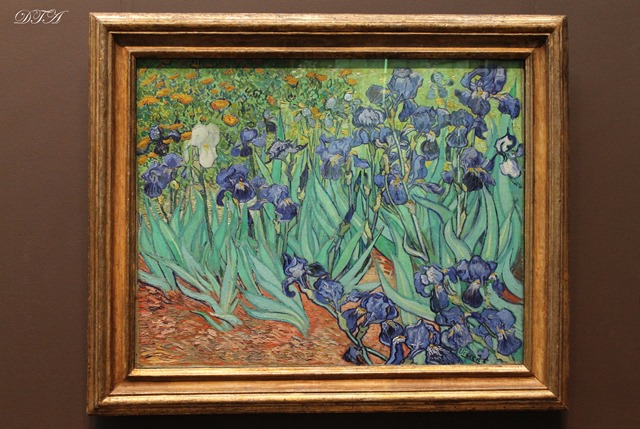
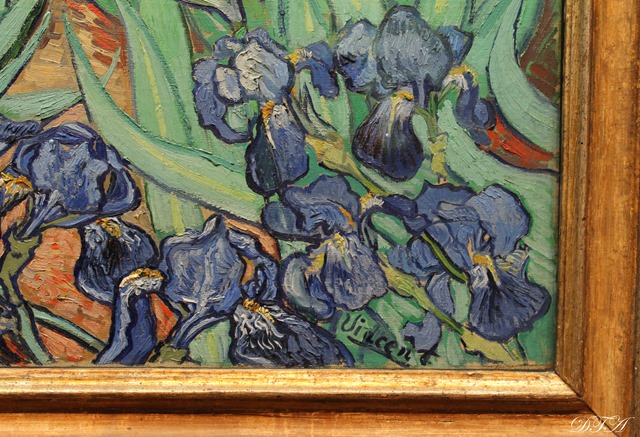
Stunning works of art. The detail in their work always amazes me. Thank you so much for sharing.
Have a wonderful Wednesday.
Loving the beautiful artwork ♥
summerdaisycottage.blogspot.com
Oh, the detail on the van Helst — stunning. I always loved Rembrandt's velvets. They are amazing up close. Isn't it wonderful that we can now photograph in museums and really get the details? I love this series of posts. Thanks for sharing this and especially your wonderful commentary and details.
And I loved Dany's post on you! I knew a bit of that from your blog but learned lots more!
Laura,
I love studying the pieces with your commentary. You point out so many things that I would miss! Each painting is beautiful but I'm always drawn to the faces of the children. Just beautiful!
Your joy has spread to all of us.
I feel like I have just finished a course in Art history.
Please continue art posts-I love how you focus on details. When I go to art museums, I am easily overloaded by all of the images. This gives me a different way to look at paintings!